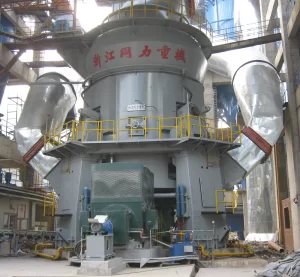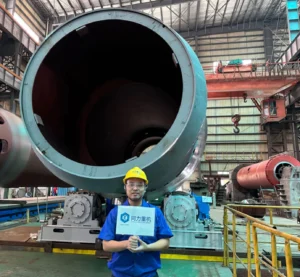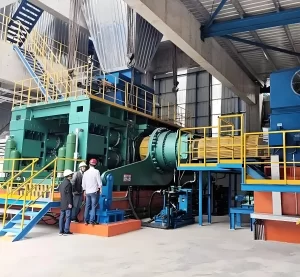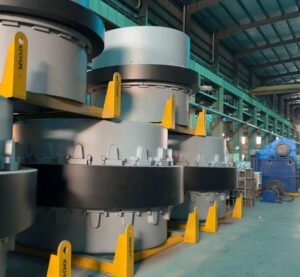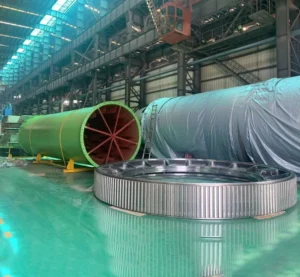
Charcoal and coal are two widely used fuels that are often confused due to their similar appearance and common use in energy production. However, there are significant differences between the two substances in terms of their sources, properties, and environmental impacts. Understanding these differences is crucial, especially as sustainability becomes an increasingly important topic around the world in 2025. It is common to hear people mistake charcoal for coal. In fact, people may think that they are the same thing. However, they are not, and misusing charcoal can do more harm than good.
Both coal and charcoal are carbon-containing compounds. Coal is a sedimentary rock that is mainly composed of carbon and contains small amounts of other elements such as hydrogen, sulfur, and nitrogen. Charcoal, on the other hand, is an impure form of carbon that is obtained through the partial combustion of carbonaceous materials in the absence of oxygen. The main difference between coal and charcoal is that coal is a naturally occurring fossil fuel, while charcoal is the product of the combustion of carbonaceous materials. This article explores the unique properties of charcoal and coal, analyzes their sources, uses, and environmental impacts, and also highlights the growing importance of sustainability in the energy sector. Do you know the difference between coal and charcoal? Let's find out in this article.
What is Coal
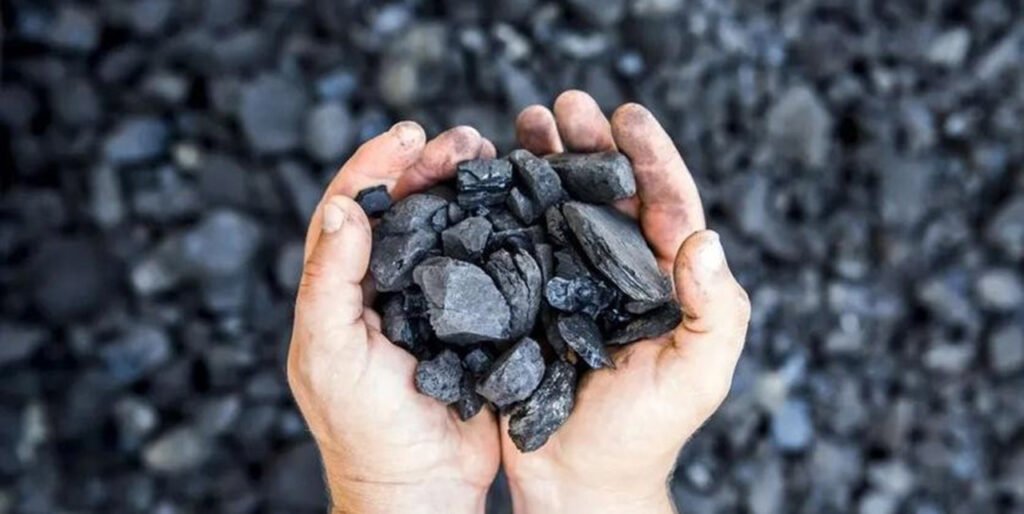
Coal is a black or dark brown combustible rock that consists mainly of carbonized plant matter and is found primarily in underground coal seams known as coal seams. It is a carbon-rich substance that occurs in the form of sedimentary rock. Coal is of great importance as one of the most important fossil fuels in the world. Composed mainly of carbon and containing trace amounts of elements such as hydrogen, sulfur, and nitrogen, coal is formed over millions of years by biological and geological processes involving the decomposition of plant and animal remains. The mining of coal is carried out through coal mining methods. Coal is a valuable energy source as it can be burned to produce electricity and heat. However, the combustion of coal also results in the emission of large amounts of carbon dioxide into the environment, which contributes significantly to global warming. There are many types of coal that can be classified based on different factors, including the type of plant material contained, the degree of coalification (coal rank), and the range of impurities contained (coal grade).
What is coalification
Coalification is the process by which plant matter is gradually converted into coals of increasingly higher ranks, with the final product being anthracite. The general sequence of coalification is as follows.
Lignite → Subbituminous coal → Bituminous coal → Anthracite
Lignite is known as brown coal and is considered the lowest grade of coal. Subbituminous coal varies in properties from lignite to bituminous coal. Bituminous coal is also known as black coal and is a superior grade of coal. Anthracite is a hard, dense grade of coal with a submetallic luster. It has the highest carbon content and the lowest impurities and is considered the best grade of coal.
Microbial activity plays a role in the initial stages of coalification, which occurs a few meters below the surface. However, deeper geological processes are required for coalification to be fully completed. The coalification process is affected by a variety of factors, including duration, temperature, and pressure.
Duration refers to the time it takes for coal to form, and since natural coalification is a long process that spans millions of years, the exact duration is difficult to accurately determine.
As depth increases from the surface, the temperature also increases, typically by about 30 degrees Celsius for every kilometer. The increase in temperature aids the coalification process because higher temperatures help the organic matter to be converted into coal.
Pressure also rises with depth. Increasing pressure is another key factor that affects coalification. The combination of high temperature and pressure promotes the chemical and physical changes necessary for coal to form. Coalification is affected by three key factors: time, temperature and pressure. Coalification takes a long time, and with increasing depth, the increase in temperature and pressure helps to complete coalification.
Types of coal
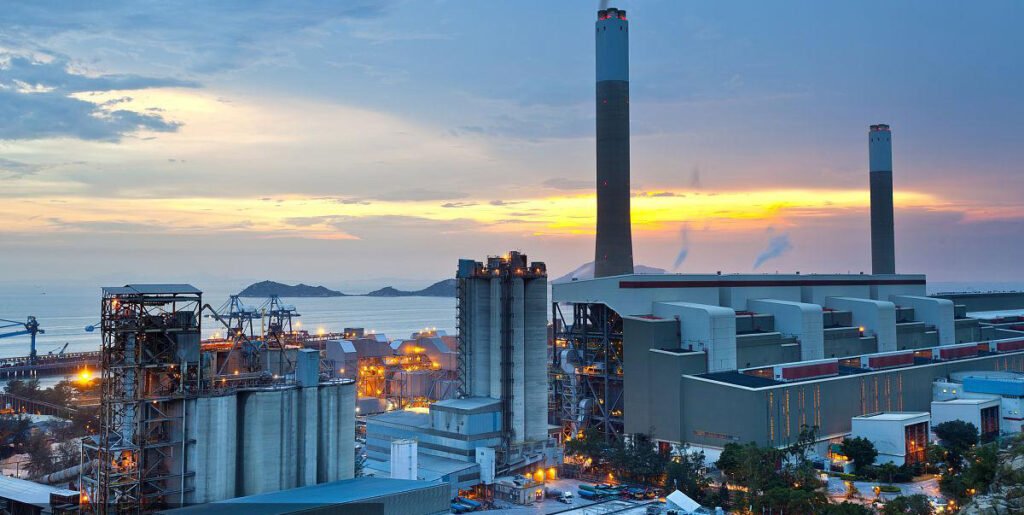
Coal is classified according to its carbon content and calorific value:
- Anthracite: The highest grade of coal, containing up to 95% carbon. It burns efficiently and cleanly, making it ideal for residential heating and industrial uses like serve as the fuel for vertical roller mill.
- Bituminous coal: A widely used type of coal that is the backbone of power generation and many industrial processes due to its high energy content.
- Subbituminous coal: This lower grade coal, used primarily in power plants, has a lower carbon content, resulting in reduced energy output.
- Lignite: Also known as "brown coal," lignite has the lowest carbon content and the highest moisture content, so it can only be used in areas close to where it is mined.
Application of coal
Coal plays an integral role in modern society:
- Electricity generation: Coal remains the primary source of electricity in many countries, especially in developing economies, where it is used in coal-fired power plants.
- Steel and cement production: Coal is essential to the production of steel and cement, as the chemical processes involved require the high temperatures of coal.
- Chemical industry: Coal is used as a raw material in the production of various chemicals, fertilizers, and dyes.
- Residential heating: Coal remains an important source of heat during cold months in some areas, especially in areas where alternative energy sources are limited.
What is Charcoal?
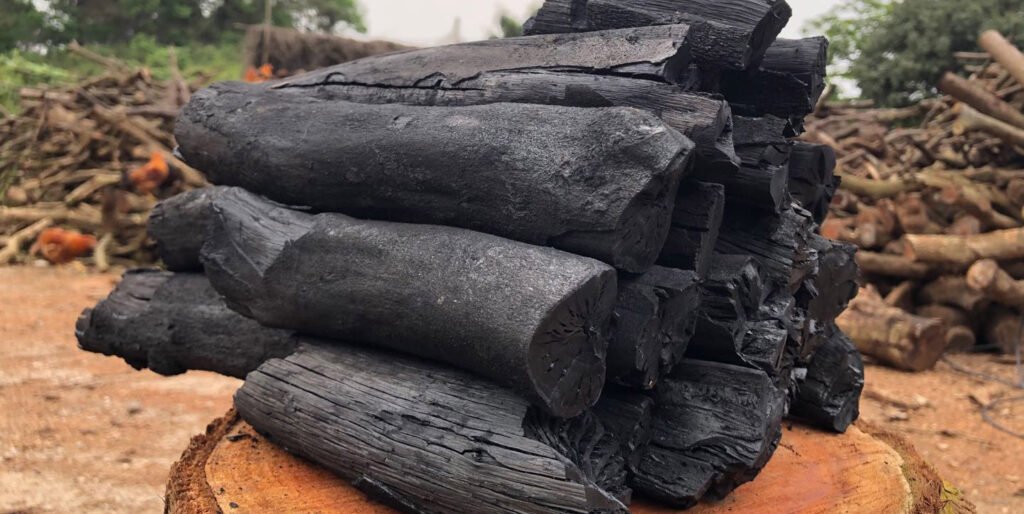
Charcoal is a porous black solid composed of amorphous carbon. It is the residue left after wood, bone or other organic matter is heated in the absence of air. Charcoal is a product made from organic materials, primarily wood, through a process called pyrolysis. The pyrolysis process involves heating the charcoal in a low-oxygen environment to remove volatile compounds such as water and gases. The resulting charcoal is composed primarily of carbon, making it highly combustible and suitable for a variety of uses, including barbecues, heating and industrial processes.
Types of charcoal
Charcoal comes in several forms, each with specific uses:
- Lump charcoal: Made from hardwood, it is the most natural charcoal. It contains no additives and burns at a higher temperature and cleaner than other types of charcoal. As a result, it is ideal for grilling, where the purity of the charcoal affects the flavor and performance of the grill.
- Block charcoal: Block charcoal is made from compressed charcoal powder mixed with a binder and other fillers. Block charcoal burns evenly, but fillers produce more ash and may slightly change the taste of the grilled food.
- Activated charcoal: Activated charcoal is processed to increase its surface area, making it ideal for use in filtration systems, medical treatments (such as poison absorption), and skin care products.
- Specialty charcoal: New environmentally friendly charcoals such as coconut shell charcoal and coffee charcoal are made from agricultural byproducts. This type of charcoal utilizes waste materials, reduces the demand for traditional wood, and caters to environmentally conscious consumers.
- Sugar charcoal: Sugar charcoal is obtained by carbonizing sugar. It is often used for specific purposes, such as in certain food preparations or for medicinal purposes.
The process of producing charcoal
The process of producing charcoal is called slow pyrolysis. There are two main methods of producing charcoal, which are listed below.
The older method is to use a clamp. This method involves leaning a pile of firewood against a chimney. The firewood is placed in a circle and covered with soil to prevent air from entering. It is then ignited using the chimney. The firewood burns slowly and turns into charcoal within a few days.
The modern method of producing charcoal is dry distillation. In dry distillation, the heat is provided entirely by the combustion of gases released during the carbonization process.
Applications of Charcoal
The versatility of charcoal spans across multiple industries:
- Cooking Uses: Charcoal is ideal for grilling and barbecuing because it produces high, steady heat with little smoke. Charcoal can also be used in wood-fired ovens for baking.
- Industrial Uses: Charcoal is essential in industries such as metal forging and smelting, which require high temperatures to shape metals.
- Environmental Uses: Activated charcoal is used in air and water purification systems because it effectively absorbs impurities and pollutants.
- Medical and Cosmetic Uses: Activated charcoal is also used in the medical treatment of poisoning and is a common ingredient in detox products, face masks, and toothpaste.
Key Differences Between Charcoal and Coal
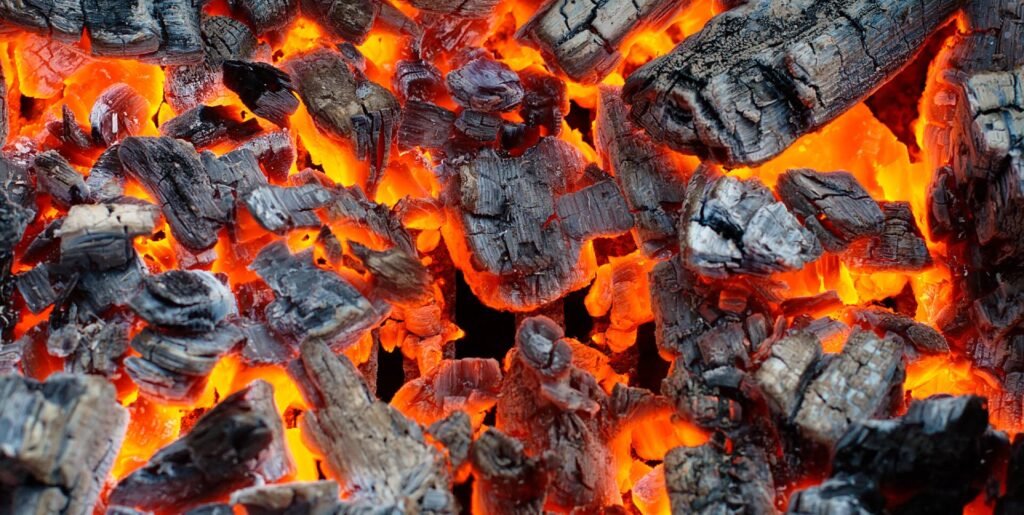
The main differences between coal and charcoal can be summarized as follows:
Source and Formation
Coal is a naturally occurring fossil fuel that is formed from plant material buried deep underground under high temperatures and pressures over millions of years. It is composed primarily of carbon and other elements, including hydrogen, sulfur, and oxygen. Coal is usually mined from mines.
Charcoal, on the other hand, is not a natural substance. It is produced by heating wood or other organic matter in the absence of air. This process, called pyrolysis, removes volatile components, leaving behind a substance that is almost pure carbon. Charcoal is usually produced in a controlled environment, such as in a charcoal kiln.
Appearance
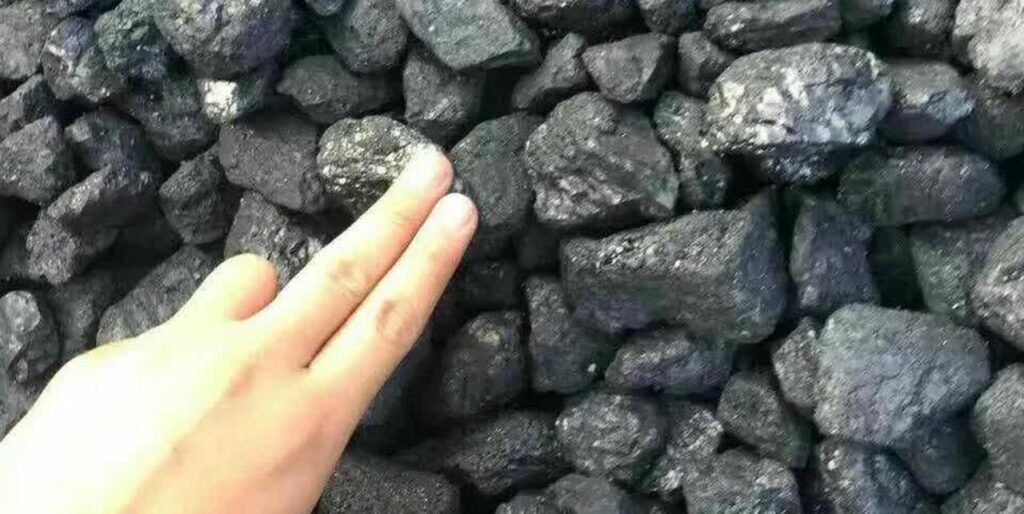
Coal is like the dark, hard rock you see on the ground. It can be black or brown, and sometimes it looks shiny and sometimes it looks dull. It feels hard, a bit like a hard stone.
Charcoal is what is left after wood is burned. It is usually black and does not glow. They do not come in large pieces, but in small pieces, such as lumps, blocks, or powder.
Energy Content
Think of coal as a superhero of thermal energy. When it burns, it gives off a lot of heat, which is very useful for things like generating electricity. It's like a powerful energy source.
Charcoal also contains energy, but not as much as coal. It is more like an assistant to heat. It is perfect for grilling because it provides a steady and controlled heat that allows you to cook your favorite foods.
Uses
Coal is like a battery for large machines. It can not only be used to generate electricity, but also as a raw material for products such as steel and cement.
Charcoal is like a special tool for outdoor cooking. It is perfect for grilling and grilling delicious burgers. It is even used in artistic creation and some industrial fields.
Environmental impact
Burning coal is like releasing a lot of harmful substances into the air, which makes the air dirty and exacerbates climate change.
Making charcoal harms trees, but when it is burned, it does not pollute the air as much as coal. It is a little more environmentally friendly.
Availability
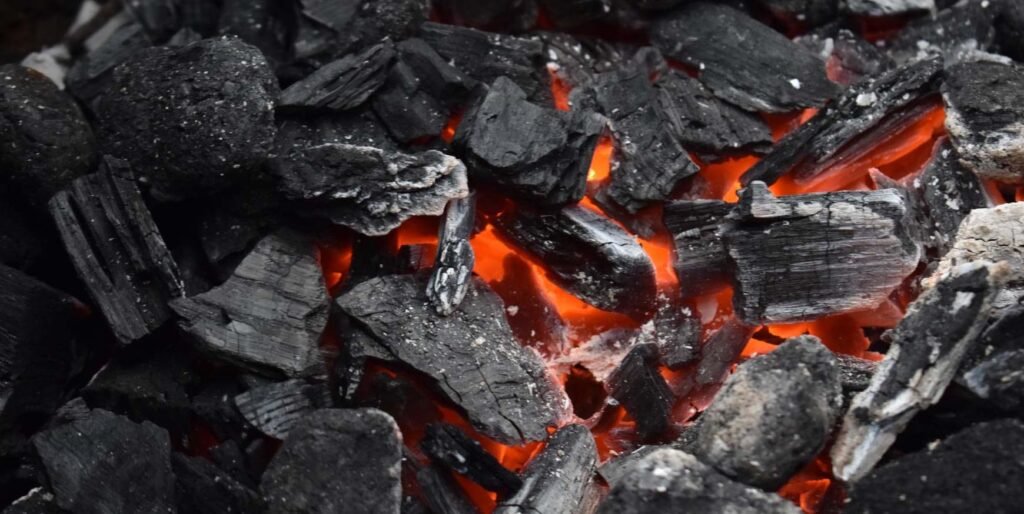
Coal is a fossil fuel that is found in abundant reserves all over the world. This means that it is easy to find and use as an energy source. People have been using coal for a long time because of its widespread resources.
Charcoal, on the other hand, is made by burning wood or other organic materials. This means that it depends on the wood reserves in a specific area. If there is enough wood, charcoal is easy to make; but if there is not enough wood, the supply of charcoal may be smaller.
Transport and Storage
It can be a little tricky to get coal from one place to another. You need specialized trains and storage facilities because coal can easily catch fire. Storing coal safely is essential to avoid accidents.
Charcoal is lighter than coal and is less likely to catch fire. Therefore, it is easier to transport and store. You don't need specialized infrastructure, which makes it more convenient.
Density
Imagine coal like a hard rock. It's heavy and feels dense because it's rich in carbon. When you hold it, it's like holding a heavy stone. That's why it's often used in power plants to generate electricity.
Charcoal, on the other hand, is much lighter. It's not as dense as coal. You can think of it as a sponge made of carbon. It's lightweight and easier to carry. People often use it for barbecues and outdoor cooking because it's not too heavy to transport.
Heat Generation
Coal gets very hot when it burns! It can reach high temperatures and keep burning for a long time. That's why it's used in places that need a steady, strong heat source, like factories.
Charcoal also generates heat, but not as hot as coal. It's perfect for grilling foods like burgers or marshmallows. It provides even heat for outdoor grilling, but does not burn as intensely as coal.
Smell
Burning coal produces a distinctive smell that is a bit like the smell of matches. It smells a bit like sulfur, which some people find unpleasant.
In contrast, charcoal does not have a strong smell when it burns. It is relatively odorless, making it a popular choice for outdoor grilling because people want their food to taste delicious, not smoky.
Safety
Coal mining and processing can be dangerous. Mines are at risk of accidents, such as cave-ins, and sometimes release harmful gases that pose a threat to the safety of miners.
Charcoal is generally safer to handle and use. It is less risky. It is a safer cooking option that does not pose the dangers of coal mining and handling.
Coal vs. Charcoal comparison chart
| Comparison Criteria | Coal | Charcoal |
|---|---|---|
| Source and Formation | Fossil fuel formed from plant material over millions of years. | Produced by heating wood in the absence of air (pyrolysis). |
| Appearance | Dark, solid rock; black or brown, hard. | Black, lumpy fragments; in chunks or powder form. |
| Energy Content | High heat output, suitable for electricity and industrial use. | Lower heat output, suitable for grilling and outdoor cooking. |
| Uses | Power generation, steel and cement production. | Barbecuing, outdoor cooking, art, and some industries. |
| Environmental Impact | Causes air pollution and contributes to climate change. | Less harmful when burned, but production can damage trees. |
| Availability | Widely available due to large fossil fuel reserves around the world. | Availability depends on local wood resources. |
| Transport and Storage | Requires specialized infrastructure; fire risk. | Lighter and easier to transport and store. |
| Density | Dense and heavy like rock. | Lightweight and less compact than coal. |
| Heat Generation | Burns at very high temperatures, ideal for steady high heat. | Produces lower, even heat suitable for grilling. |
| Odor | Has a distinctive and sometimes unpleasant smell. | Relatively odorless when burned. |
| Safety | Mining and handling can be hazardous. | Safer to handle and use. |
Key Points on the Difference Between Coal and Charcoal
- Fuel source: Coal was formed from ancient plants millions of years ago. Charcoal is made by heating coal in the absence of air.
- Color: Coal is a dense black rock, while charcoal is a light black powder.
- Flame color: Coal burns with a yellow flame. Whereas charcoal burns with a blue flame.
- Weight: Coal is heavy, but charcoal is light.
- Formation process: Coal is formed naturally over millions of years, but charcoal is created through a heating process.
- Common uses: Coal is commonly used for power generation and industrial production. However, charcoal is commonly used for barbecues and cooking fuel.
- Environmental impact: Burning coal produces more pollution. Charcoal is often considered a more environmentally friendly cooking option.
- Flame temperature: Coal can burn at higher temperatures, but charcoal can provide moderate heat for cooking.
- Physical state: Coal is solid and hard. Whereas charcoal is a fine powder.
Conclusion:
While charcoal and coal may be similar in some ways, there are also major differences between them. Coal is made from ancient plants, while charcoal is made from wood. Coal is mined from the ground for power generation, while charcoal is formed by burning wood to make delicious dishes. To be clear, coal has a long history and the char it produces is not much different from the char from the embers of a campfire. The difference between coal and charcoal is obvious. Both coal and charcoal are carbon-rich compounds. Coal is the product of millions of years of biological and geological processes in plant and animal matter. Charcoal is the product obtained by the slow pyrolysis of carbonaceous materials. The main difference between coal and charcoal is that coal is a naturally occurring fossil fuel, while charcoal is the product of the combustion of carbonaceous materials. Charcoal and coal may seem similar, but their differences are significant. Charcoal is a renewable resource and an environmentally friendly option for small-scale applications and industries focused on sustainability. Coal is a non-renewable fossil fuel that remains a key energy source for large-scale industries, but it carries a huge environmental cost.

